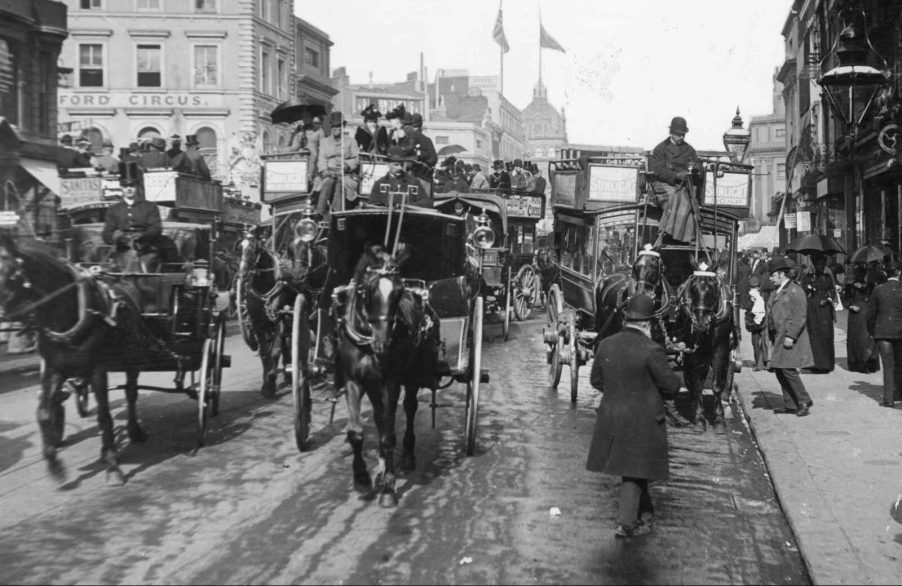
The World’s First Traffic Light Looked Nothing Like Today’s and Was Prone to Explosions
In the bustling streets of Victorian London, the world’s first traffic light made its debut, revolutionizing the way traffic was managed. However, this pioneering invention bore little resemblance to the automated, easy-to-read signals we know today. What’s more, it posed unexpected dangers to both pedestrians and motorists.
A far cry from modern signals
Contrary to the familiar red, yellow, and green lights we’re all familiar with, the world’s first traffic signal was a rudimentary gas-powered contraption. It was installed in London in 1868 at the intersection of Bridge Street and Great George Street near the Houses of Parliament.
The intersection was known for its danger to travelers and local authorities. Prior to its installation, several folks died, including policemen.
This early traffic light operated more like a railway signal. After all, the inventor, John Peake Knight, had railroad experience. The new signal used gas lamps to convey instructions to roadgoers. While it had red and green colors, its appearance was starkly different from contemporary ones.
A serviceman manually operated it. Overall, the post holding the signal overhead was nearly 20 feet high and had a set of “arms” that flapped out wide for the “stop” signal. The arms settled to about a 45-degree angle for “go.”
As such, the Londonist reported that initial acceptance of the device was “mixed.” Some people were confused by the “arms.” They just weren’t sure what the positions meant. The gas-powered lights were hard to see in the daytime. Others ignored the contraption entirely.

The surprising dangers of early traffic control
Despite its innovative nature, the world’s first traffic light came with significant risks. The gas-powered lamps used in the signal were highly volatile and prone to explosions. Reportedly, it posed a grave danger to nearby pedestrians and motorists.
According to the Londonist, in 1869, a gas leak caused an explosion that badly burned the policeman operating the contraption. This inherent flaw in the design underscored the experimental nature of early traffic management systems and highlighted the need for further refinement and innovation.
By the end of 1869, the traffic signal would be removed. It simply caused too much trouble than it was worth.
Over time, advancements in engineering and design would lead to the development of safer, more efficient traffic control systems. The world’s first electric traffic light was installed in Cleveland, Ohio, in 1914. It would be another 12 years before London would adopt them.



